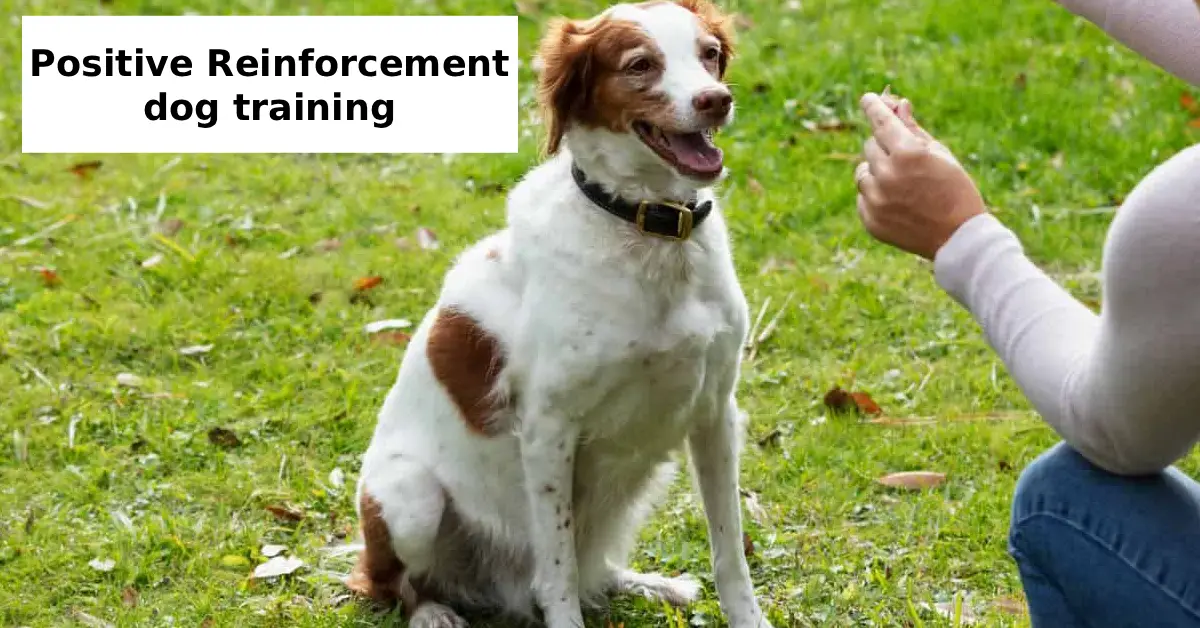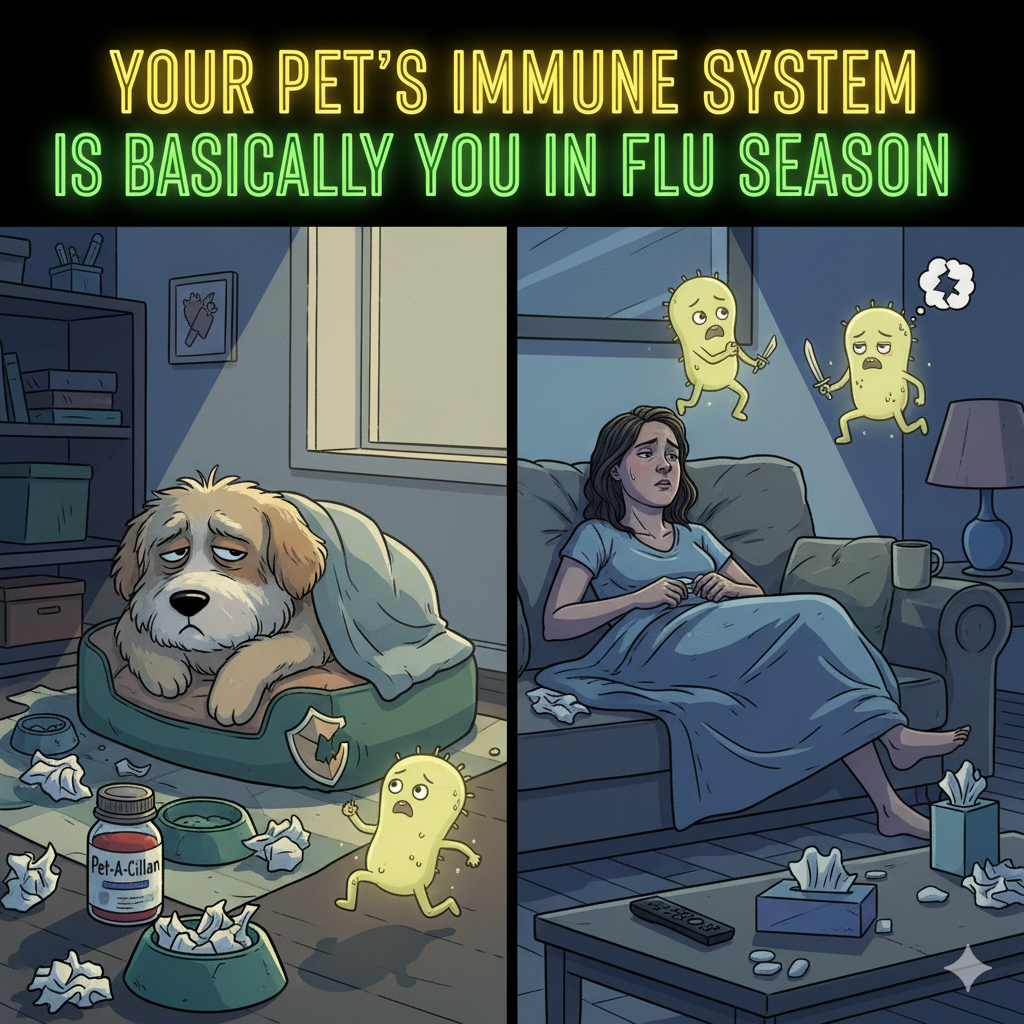If you’re a new dog owner looking for beginner-friendly training methods, understanding the value of positive reinforcement dog training is the first step toward a well-behaved and happy pup. Unlike outdated punishment-based techniques, positive reinforcement focuses on rewarding good behavior, creating a deeper bond between dogs and their owners.
This method is gaining popularity among dog lovers who prefer humane, non-punishment techniques, rescue dog adopters needing structured training, and even families with kids looking for safe training for their dog. Whether you’re tackling excessive barking, aggression, or leash pulling, this is one of the best dog training methods for behavior correction.
What Is Positive Reinforcement Dog Training?
At its core, positive reinforcement dog training involves rewarding your dog for desirable behavior, rather than punishing them for undesirable actions. Rewards can include treats, toys, praise, or even playtime—anything your dog enjoys and responds to positively.
For example, if your dog sits when asked, you immediately offer a treat and verbal praise. This signals that the behavior (sitting) earns them something good, increasing the likelihood that they’ll repeat it in the future.
This approach is ideal for senior citizens with small-to-medium breed pets who want an easy, gentle method to manage behavior without overwhelming physical activity.
Benefits of Using Positive Reinforcement for Dog Behavior Training
There are many reasons why train your dog with rewards is not just effective, but often the most ethical option. Here’s why:
- Builds trust and strong bonds between you and your dog
- Reduces stress and fear in your pet
- Encourages quicker learning by associating training with fun
- Ideal for anxious or reactive dogs needing careful handling
- Adaptable for all ages and breeds
Whether you’re managing a stubborn puppy or an anxious rescue, this method supports behavior correction for dogs in a way that’s sustainable and kind.
Top Positive Dog Training Tips to Get Started
Here are some expert-recommended tips to make your positive dog training journey successful:
1. Start Simple
Use basic commands like “sit,” “stay,” and “come.” Reward consistently with small treats or verbal praise.
2. Be Consistent
Dogs thrive on routine. Use the same command and reward every time the desired behavior occurs.
3. Keep Sessions Short
Especially for puppies and apartment pet owners seeking non-disruptive training, shorter 5–10 minute training sessions can be very effective.
4. Use High-Value Rewards
For more difficult tasks or to counter bad dog behaviors, use favorite treats or toys as motivation.
5. Avoid Punishment
Scolding or physical corrections can increase fear or aggression. Stick to gentle dog training methods to ensure emotional safety.
Common Behavior Issues Solved with Positive Reinforcement
Let’s look at some typical behavioral challenges and how positive reinforcement helps solve them:
Barking
Reward your dog when they remain quiet after a known trigger. Over time, they’ll learn silence earns rewards.
Chewing
Redirect their attention to chew-safe toys and praise them for using them, rather than punishing destructive chewing.
Leash Pulling
Stop walking when your dog pulls. When the leash is loose, walk and reward them. They’ll quickly learn what works.
Aggression or Reactivity
Use desensitization techniques paired with rewards. This is crucial for owners of reactive or anxious dogs needing gradual socialization.
These techniques not only answer the question of how to stop bad dog behavior, but they also promote long-term change and trust.
Is Positive Reinforcement the Best Dog Training Method for Behavior?
Absolutely. Most professional trainers today recommend reward-based dog training as the go-to strategy for long-term success.
According to a study by the Journal of Veterinary Behavior, dogs trained with positive reinforcement are more obedient, less anxious, and exhibit fewer problem behaviors compared to those trained with aversive methods.
It’s no surprise that dog trainers promoting ethical methods advocate this approach, especially when working with rescue dogs or sensitive breeds.
Dog Obedience Training at Home Using Positive Reinforcement
Training at home can be just as effective as hiring a professional. All you need is time, patience, and consistency. Start with basic commands and progress gradually.
We’ve created a step-by-step guide for dog obedience training at home that aligns with positive reinforcement principles—check it out here.
For pet parents with behavioral concerns (e.g., barking, chewing, aggression), home-based training provides flexibility and personalized care.
Tools and Resources for Effective Training
Here are some resources to make your training journey smoother:
- Clickers – Great for marking the exact moment your dog gets it right
- Treat Pouches – Keep your hands free and rewards accessible
- Training Mats – Help dogs learn boundaries during practice
- Dog Training Apps – Offer video guides, behavior tracking, and tips
- Books on Positive Training – Titles by Patricia McConnell or Zak George are highly recommended
Many of these tools also benefit people interested in bonding better with their dogs through structured, rewarding interactions.
Real-Life Success Stories of Positive Reinforcement
Meet Luna, a rescue pup with leash aggression. Her owner, committed to positive reinforcement dog training, started by rewarding her calm behavior on walks. After two months, Luna began ignoring distractions and walking calmly—no shouting, no choke collars, just positive guidance.
Or take Rocky, a small breed pet owned by a senior citizen, who had severe separation anxiety. Using consistent praise and gradual desensitization, his owner was able to reduce his anxious behaviors without medication.
These stories highlight how positive dog training tips can create life-changing results.
Final Thoughts: Why You Should Choose Gentle Dog Training Methods
Positive reinforcement dog training isn’t just a buzzword—it’s a movement toward more humane, effective training that benefits dogs and humans alike. Whether you’re a first-time owner or a seasoned pet parent, this method offers long-lasting behavior improvement without fear or confusion.
From dog obedience training at home to structured classes, the tools are available—and now you know how to use them.
By choosing positive methods, you’re doing more than just stopping bad behavior—you’re building a relationship built on respect, love, and trust. So, train your dog with rewards and watch them become the companion you’ve always dreamed of.






1 thought on “Transform Your Dog’s Behavior with Positive Reinforcement Dog Training”